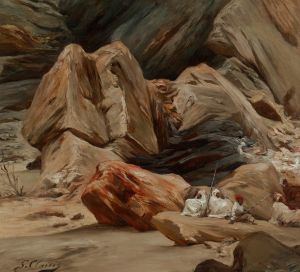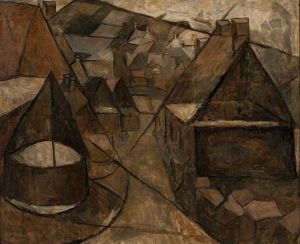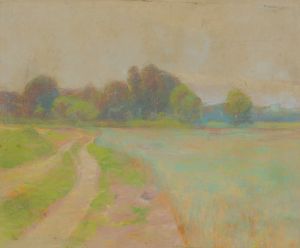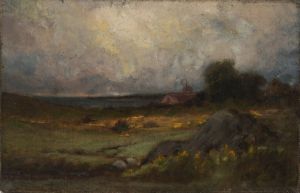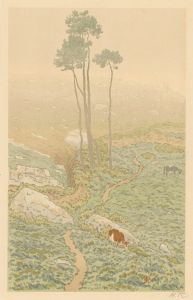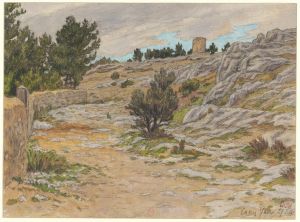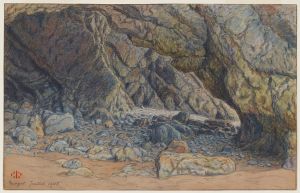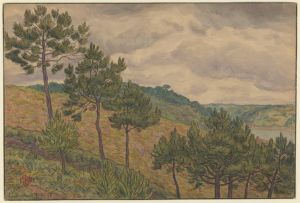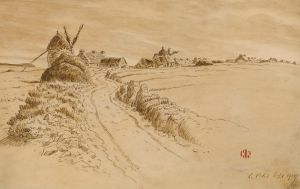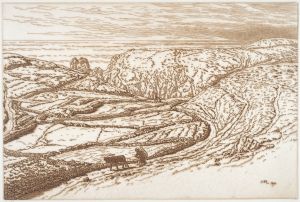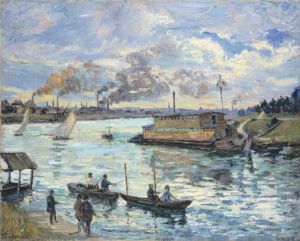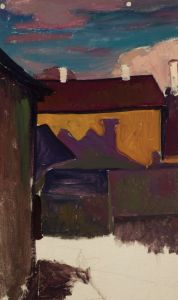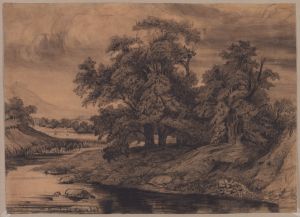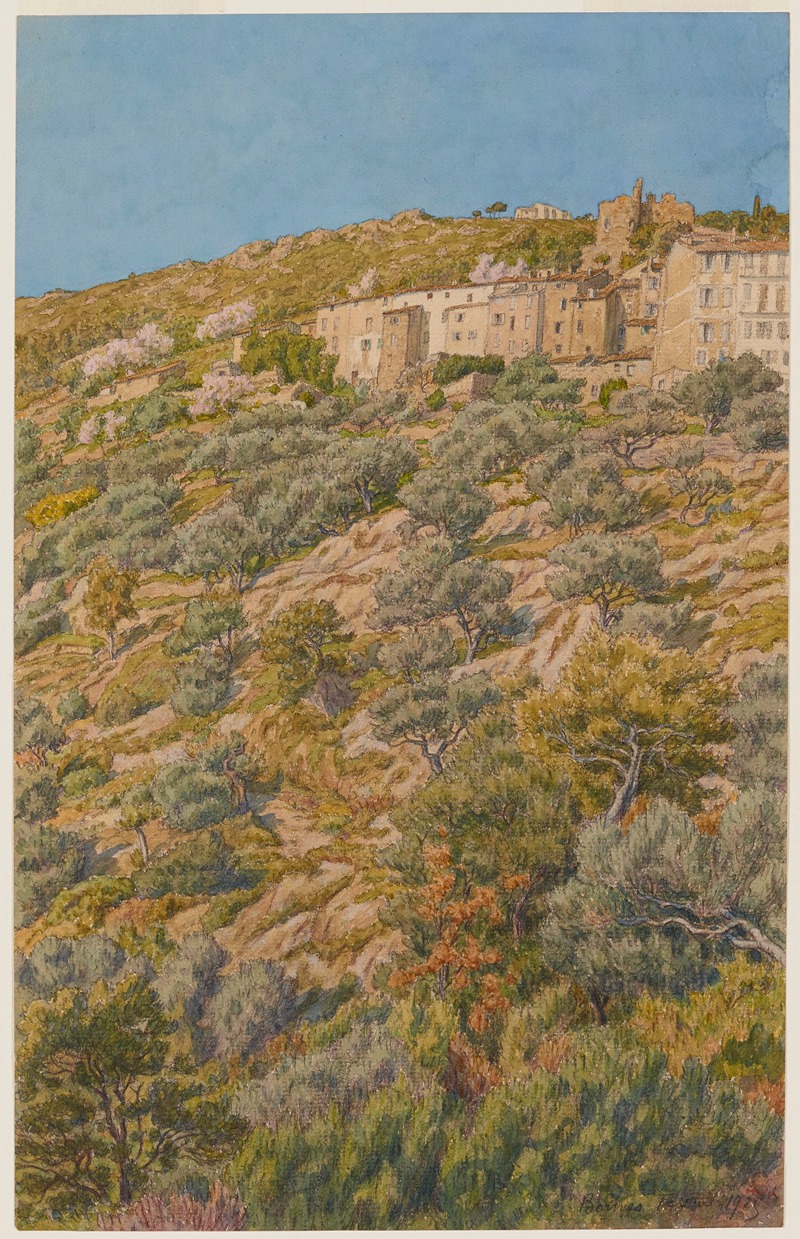
Bormes
A hand-painted replica of Henri Rivière’s masterpiece Bormes, meticulously crafted by professional artists to capture the true essence of the original. Each piece is created with museum-quality canvas and rare mineral pigments, carefully painted by experienced artists with delicate brushstrokes and rich, layered colors to perfectly recreate the texture of the original artwork. Unlike machine-printed reproductions, this hand-painted version brings the painting to life, infused with the artist’s emotions and skill in every stroke. Whether for personal collection or home decoration, it instantly elevates the artistic atmosphere of any space.
Henri Rivière (1864–1951) was a French artist known for his innovative contributions to printmaking and his role in popularizing Japonisme in France. He is particularly celebrated for his mastery of color lithography and woodblock printing, which were heavily influenced by Japanese ukiyo-e prints. Rivière's works often depict landscapes, rural scenes, and architectural elements, capturing the beauty of the French countryside with a unique blend of Western and Eastern artistic traditions.
One of his notable works, "Bormes," is a color lithograph that portrays the picturesque village of Bormes-les-Mimosas in southeastern France. This small commune, located in the Provence-Alpes-Côte d'Azur region, is renowned for its medieval charm, vibrant flora, and stunning views of the Mediterranean coastline. Rivière's depiction of Bormes reflects his characteristic attention to detail and his ability to evoke a sense of tranquility and harmony in his compositions.
"Bormes" is part of Rivière's celebrated series "Les Trente-Six Vues de la Tour Eiffel" ("The Thirty-Six Views of the Eiffel Tower"), which was created between 1888 and 1902. This series was inspired by Katsushika Hokusai's famous "Thirty-Six Views of Mount Fuji" and sought to capture the Eiffel Tower from various perspectives, as well as scenes from across France. While the series primarily focuses on the Eiffel Tower, it also includes landscapes and landmarks that highlight the diversity and beauty of the French countryside, such as Bormes.
In "Bormes," Rivière employs a delicate color palette and a composition that emphasizes the interplay between the natural and built environments. The lithograph showcases the village's terracotta-roofed houses nestled amidst lush greenery, with the surrounding hills and sky creating a serene backdrop. The work exemplifies Rivière's ability to blend the influences of Japanese aesthetics—such as flat planes of color and simplified forms—with the traditions of Western landscape art.
Henri Rivière's "Bormes" is a testament to his skill as a printmaker and his deep appreciation for the landscapes of France. Today, his works are celebrated for their artistic innovation and their role in bridging Eastern and Western art traditions. Rivière's prints, including "Bormes," continue to be admired for their timeless beauty and their ability to transport viewers to the idyllic scenes they depict.





